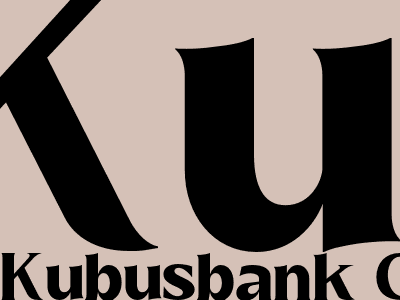
Kubusbank Gelderland: A Comprehensive Guide to the Gelderland Cube House
Introduction:
Nestled within the picturesque Dutch province of Gelderland, the Kubusbank Gelderland, commonly known as the "Cube House," captivates visitors with its innovative architectural design and captivating history. Designed by renowned Dutch architect Piet Blom in the 1970s, this iconic building has become a symbol of the city of Arnhem and a must-see attraction for travelers seeking a unique and immersive architectural experience.
Architectural Concept and Design:
The Kubusbank Gelderland is a prime example of "structuralism," an architectural movement that emerged in the 1960s and 1970s. Piet Blom's design理念 was inspired by the idea of "living units as trees in a forest," resulting in a series of individual cube-shaped houses clustered together around a central courtyard.
Each cube house is composed of three stacked floors, with the bottom floor sunken into the ground and the top floor tilted at a 45-degree angle. The facades are adorned with large windows that flood the interiors with natural light and offer panoramic views of the surrounding urban landscape.
Interior Design and Amenities:
The interiors of the cube houses are as distinctive as their exteriors. The tilted walls create a sense of spatial illusion, with sloping ceilings and unconventional angles that challenge conventional notions of space and form.
The cube houses offer a variety of amenities and living spaces. The ground floor typically comprises a living room, kitchen, and bathroom, while the first floor houses bedrooms and a study. The top floor, known as the "belvedere," provides a private retreat with a cozy sitting area and breathtaking views.
Historical Significance and Cultural Impact:
The Kubusbank Gelderland has played a pivotal role in the architectural and cultural landscape of Arnhem. Its innovative design has earned it recognition as a national monument and has attracted international attention.
The cube houses have become a symbol of Arnhem's commitment to modern architecture and its willingness to embrace bold and unconventional ideas. They have also inspired countless architects and designers around the world, influencing the development of contemporary architectural styles.
Tourism and Visitor Experience:
Today, the Kubusbank Gelderland is a popular tourist destination, attracting visitors from around the globe. Visitors can explore the cube houses, marvel at their unique architecture, and immerse themselves in the vibrant atmosphere of the surrounding neighborhood.
Guided tours are available for those who wish to delve deeper into the history and design of the cube houses. Visitors can also stay overnight in one of the several cube houses that have been converted into vacation rentals, offering a truly immersive and memorable experience.
Kubusbank Gelderland: A Lasting Legacy:
The Kubusbank Gelderland stands as a testament to the power of innovative architecture and its ability to shape the identity of a city. Piet Blom's visionary design has created a unique and unforgettable landmark that continues to inspire and captivate visitors from all walks of life.
As the iconic cube houses of Arnhem continue to attract attention and admiration, they serve as a reminder of the transformative power of architecture and its enduring impact on our built environment and cultural heritage.